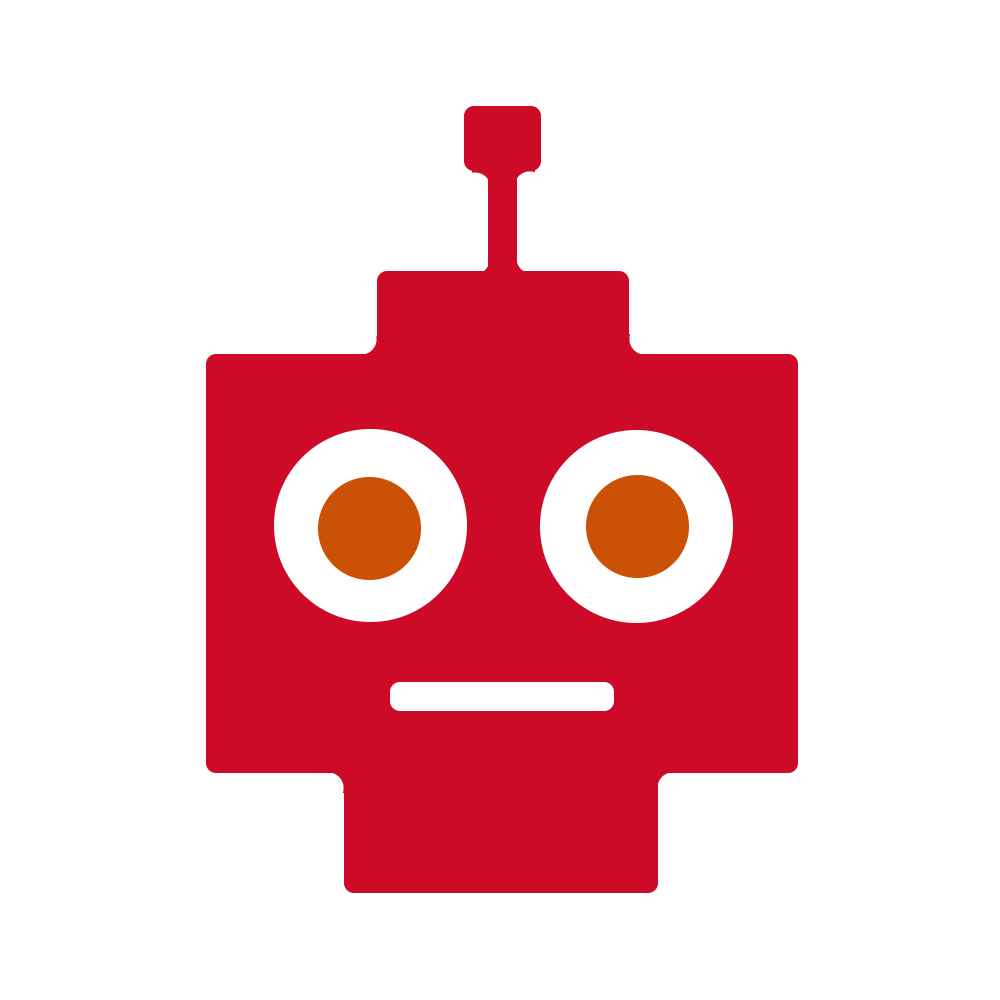Curating artifacts: Perfecting the art of human data annotation. white paper frontdesk@museumof.ai 720.515.7230

Made by hand @ Museum of AI ♥

Curating artifacts: Perfecting the art of human data annotation. white paper frontdesk@museumof.ai 720.515.7230

Made by hand @ Museum of AI ♥
